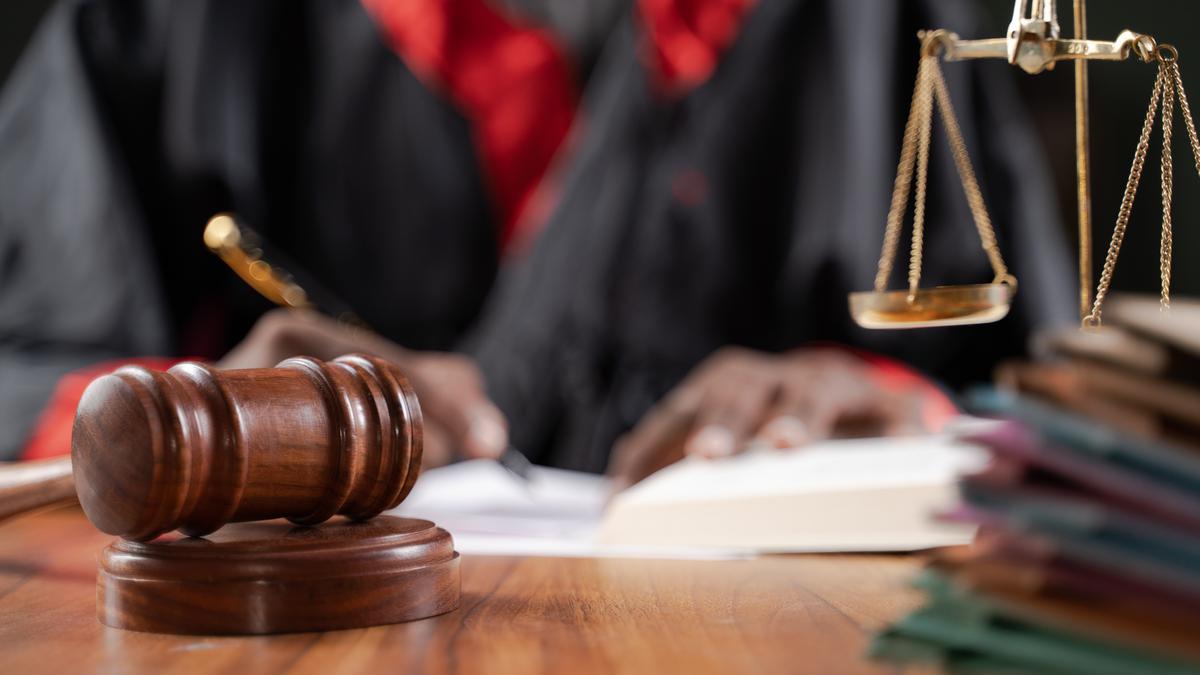News highlight:
- Two important voices have weighed in recently on delays in the justice delivery system by the Chief Justice of India.
- The Chief Justice of India, D.Y. Chandrachud, stated that increasing the number of judges will not demolish the perennial problem of pendency.
Reason for delay in justice:
- Vacancies:
- There are vacancies against even the sanctioned strengths of courts, and in the worst performing states, those vacancies exceed 30 per cent.
- Due to this, the average waiting period for trial in lower courts is around 10 years and 2-5 years in HCs.
- Subordinate Judiciary poor condition:
- District courts across the country also suffer from inadequate infrastructure and poor working conditions, which need drastic improvement, particularly if they are to meet the digital expectations raised by the higher judiciary
- there is a yawning digital divide between courts, practitioners and clients in metropolitan cities and those outsides.
- Overcoming the hurdles of decrepit infrastructure and digital illiteracy will take years.
- Biggest Litigant – Government:
- Poorly drafted orders have resulted in contested tax revenues equal to 4.7 per cent of the GDP, and it is rising.
- Crowding out investment:
- Roughly Rs 50,000 crore are locked up in stalled projects and investments are reducing.
- Both these complications have arisen because of injunctions and stay orders granted by the courts primarily due to poorly drafted and poorly reasoned orders.
- Less budgetary allocation:
- The budget allocated to the judiciary is between 0.08 and 0.09 per cent of the GDP.
- Only four countries — Japan, Norway, Australia and Iceland — have a lesser budget allocation and do not have pendency problems like India.
Reforms Suggested:
- Speedy appointment of judges:
- By not appointing judges, the government deprives common persons of justice. Justice delayed is justice denied.
- There is an urgent need to improve the judge-to-population ratio to reduce the workload of judges.
- E-platforms:
- Improve judicial infrastructure through the use of e-platforms and the setting up more courts.
- India has launched the e-Courts National portal ecourts.gov.in of the eCourts Project.
- For expeditious service of notice and summons, the eCommittee of the Supreme Court launched a mobile application called National Service and Tracking of Electronic Processes (NSTEP).
- Computerisation and Automation (e.g. Virtual Court in Delhi) to make justice delivery more responsive to the needs of litigants.
- Better Case and Court Management:
- Professional Court Managers as the 13th Finance Commission suggested.
- Court managers or equivalent professionals are needed, and justice delivery can improve only if the courts accept and adopt professional help in their administration.
- Setting up Tribunals, Fast Track Courts and Special Courts to dispense important cases at the earliest.
- Mechanisms such as ADR (Alternate Dispute Resolution), Lok Adalats, and Gram Nyayalayas should be effectively utilised.

ADR (Alternate Dispute Resolution):
- It uses the modes like Arbitration, Mediation and Conciliation.
- It uses a neutral third party who helps the parties to communicate, discuss the differences and resolve the dispute.
- It offers to resolve all types of matters related to civil disputes, as explicitly provided by the law.
Pic Courtesy: The Hindu
Content Source: The Hindu



